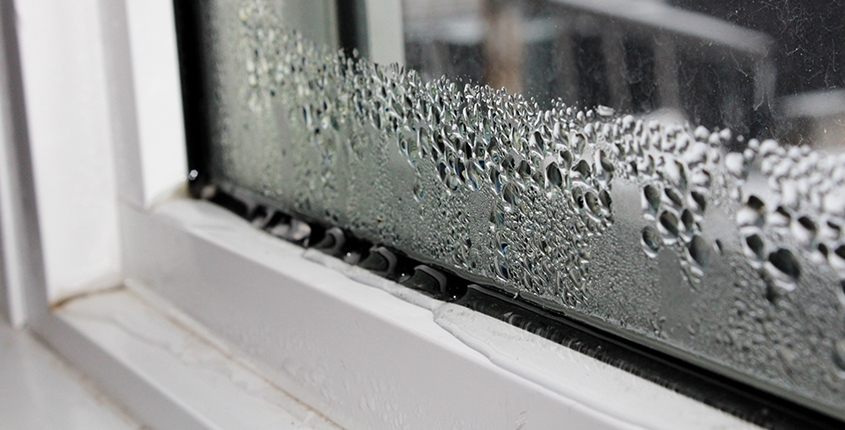Excessive indoor humidity inside the home can lead to comfort issues like stuffiness, mold growth, and structural damage. High humidity promotes the thriving of pollutants, contaminants and other microbes that negatively impact health, safety and the home environment.
Reducing indoor humidity and maintaining balanced levels between 30 to 50% relative humidity is critical for well-being and the integrity of the home. Some effective methods for controlling excess moisture and lowering humidity include:
sources of moisture such as leaks, spills or plumbing issues that provide access to excess water vapor in the air or materials. Repairing or replacing damaged components that lead to high humidity is the first step to resolving problems. Sealing any cracks or holes in foundations, roofs, walls and floors also helps prevent entry points for moisture.
Improving ventilation and circulation helps eliminate stagnant, humid air. Running an air purifier with HEPA filter can bring in drier air and remove excess water vapor from spaces. Keeping the HVAC fan on continuously or increasing filter performance also promotes better airflow. Opening windows when possible allows for fresh air exchange and release of moisture.

Adjusting the thermostat temperature up or down even by a few degrees can make a big difference in humidity levels. Lowering the temperature in winter or raising it in summer will decrease humidity. For every degree lowered or raised, you can lower the absolute humidity by 3-5% relative humidity.
Use of a dehumidifier directly removes water vapor from the air through condensation. Sizing a dehumidifier properly for your space and ensuring it seals well will maximize effectiveness. Dehumidifiers are especially useful in basements, crawl spaces or other areas where high moisture persists even after source control and temperature adjustment.
Improving air filtration using high-efficiency pleated filters helps prevent excess moisture buildup. Upgrading filters in HVAC systems, air purifiers, dehumidifiers and other components allows for better moisture, dust and pollutant removal from circulating air. Clogged or dirty filters reduce efficiency and ability to properly control humidity.
添加 absorbent materials such as silica gel, activated charcoal or calcium chloride help naturally absorb extra water vapor from the air. Leaving open bowls of these desiccants in high-humidity areas will help lower levels over time. Replace desiccants once saturated for best performance.
Controlling indoor humidity takes an integrated approach. Fixing sources of excess moisture, improving ventilation, temperature adjustment, increased filtration and direct absorption methods together will create a balanced indoor environment with good air quality and reduced humidity concerns. Prevention and maintenance also play key roles in humidity management and avoiding discomfort or damage. By following these tips, you can lower humidity in your home for better comfort, health, and home integrity.

